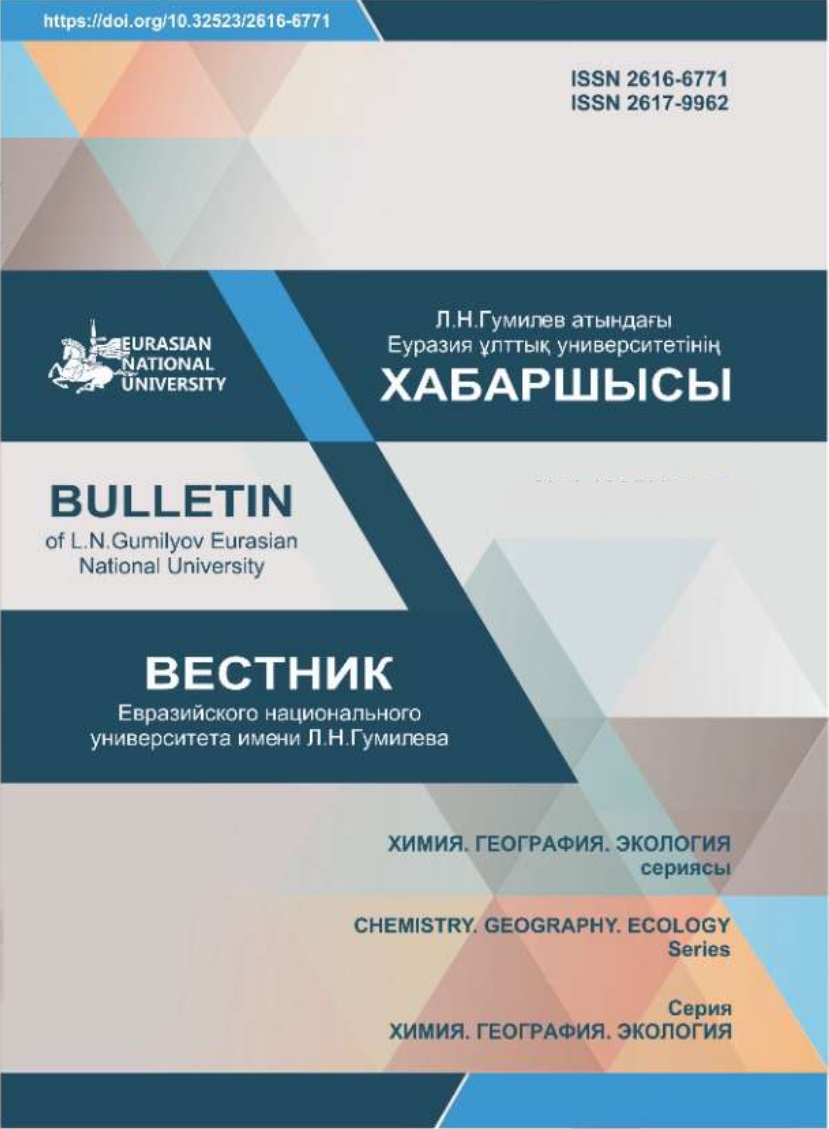Methods of determination and extractants used in the isolation of platinum (review)
Views: 180 / PDF downloads: 224
DOI:
https://doi.org/10.32523/2616-6771-2021-134-1-24-33Abstract
There is carried out a systematic review of the literature on methods for determining platinum (IV) ions and extractants used for their extraction in the article.
The article considers chemical, physical, and physico-chemical methods of determination. Also, the authors of the article focused on selective and sensitive spectroscopic methods.
There are considered several groups of such reagents and extractants as organophosphorus (tributyl phosphate, di-2-ethylhexylphosphoric acid) diphenylthiourea, high-molecular aliphatic alcohols, organic sulfides isolated from high-sulfur oils, binary extractants based on oxygen-containing and sulfur-containing acids, as well as secondary ( А), tertiary ( NНA) amines, diamines, and quaternary ammonium bases ( NA). They were used for the extraction of platinum from multicomponent objects.
Practically common to all the extractants used (chloroform, diethyl ether, carbon tetrachloride, etc.) are their rather high solubility in water, toxicity, volatility, fire hazard.
Therefore, it is of fundamental importance to select such extraction systems that combine the effectiveness of organic reagents and the use of such extractants that would eliminate the disadvantages of liquid organic solvents. As such extractants, so-called low-melting organic substances can be used, which do not dissolve in water, are non-toxic, fire-safe, have a high extraction capacity, selectivity, and sensitivity to low content of elements.
Therefore, it is fundamentally important to select such extraction systems, which would combine the efficiency of organic reagents and the use of such extractants that eliminate the disadvantages of liquid organic solvents. As such extractants can be used so-called fusible organic substances, which are insoluble in water, non-toxic, fire-safe, have a high extraction capacity, selectivity, sensitivity to low element content.








